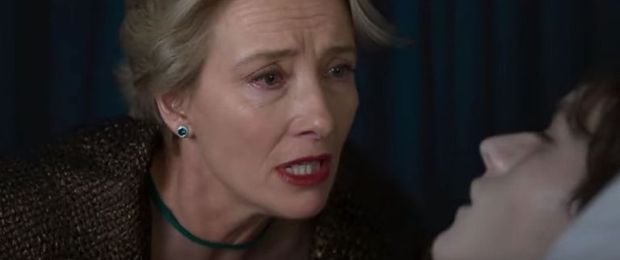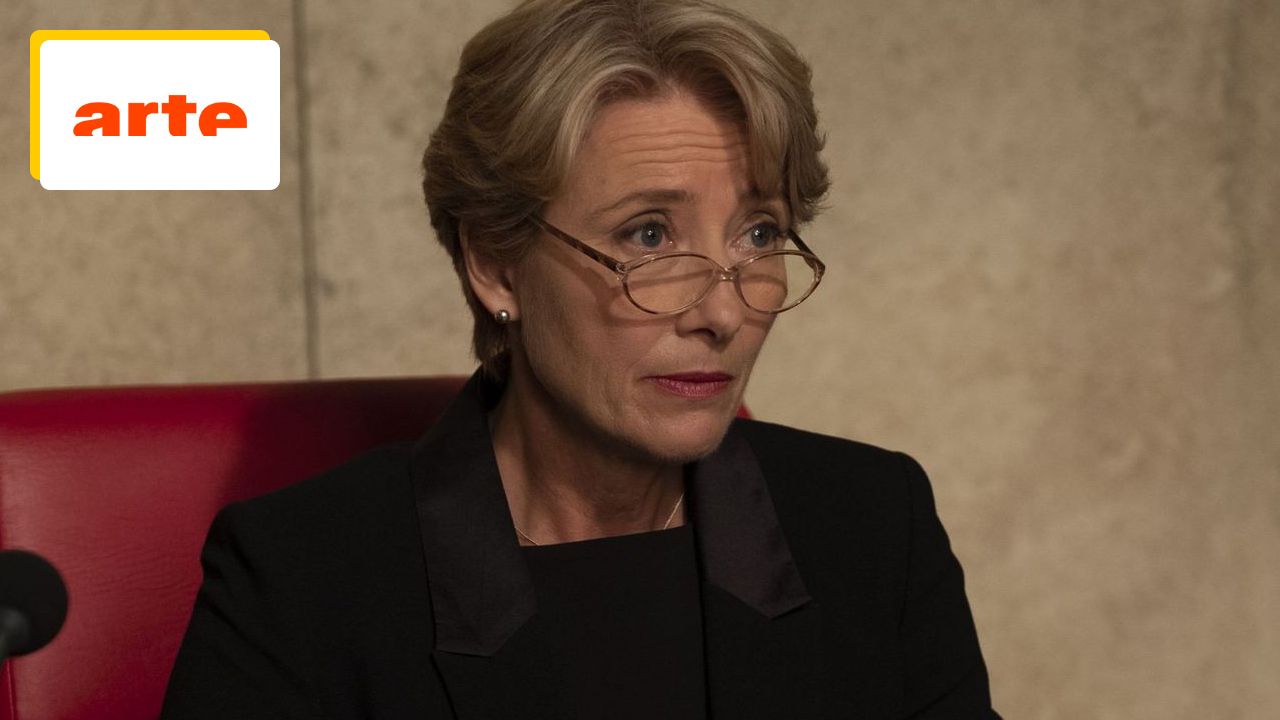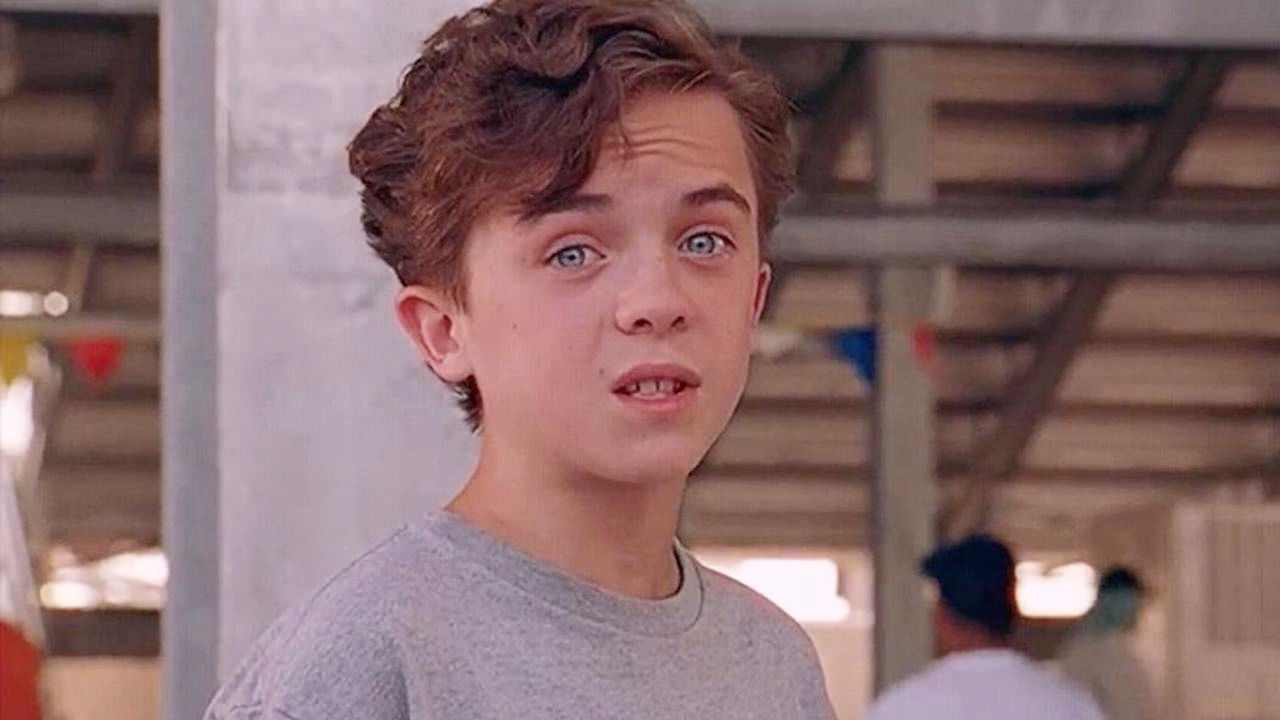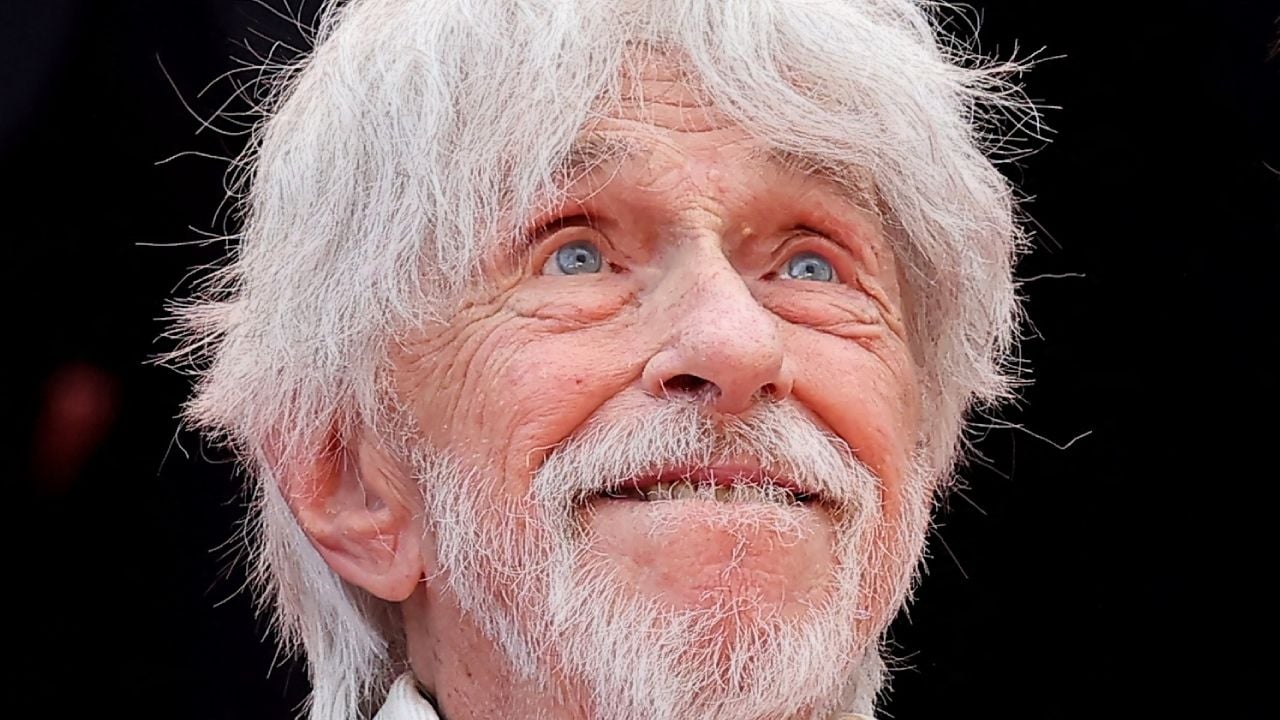Should a teenager with leukemia be forced to receive a transfusion that could save him from imminent death, even against his will, and when his parents’ Jehovah’s Witness religion forbids it? Fiona Maye, a family judge at Britain’s High Court, decides to visit him before making a decision.
With one basic principle in mind, one essential consideration: “When a court of justice has to make a decision regarding a child’s education, the child’s interests must be the court’s first priority.
This is the meaning of the first words Children’s Act; The law, passed under Margaret Thatcher, revolutionized children’s rights in the UK in 1989 by putting the best interests of the child above all considerations in the event of family conflict.
This is the whole meaning of the movie title in the original version, Children’s Actwhere the French title My Lady primarily refers to the president of the court as a sign of respect.
In Richard Eyre’s very beautiful and moving film, it is the imperious and restrained Emma Thompson who embodies the voice (and path) of justice, as well as alone in the face of conscience and its doubts, in the face of terrible difficulty. A case was presented to him, the outcome of which will be disastrous.
“When the spirit of laws meets deep and sincere faith”
“A few years ago I found myself at a dinner with the judges” said Ian McEwan, the film’s screenwriter and author child’s interests A novel published in 2014, which is the subject of an adaptation. “They discussed various issues and at one point, to settle a point of contention, our host, the famous Court of Appeal judge Sir Alan Ward, took his own book of decisions from the shelf.
Later, over coffee, I was able to delve into this book. These discussions read like stories, with back-story arguments, perfectly summed-up dilemmas, very well-drawn characters, stories presented from different angles, and ultimately, empathy for those who did not favor the verdict.
These were not criminal cases where you had to decide whether a man was the culprit or the victim. These were simply family affairs, everyday accidents: problems of love, marriage, ill-distributed inheritances, unloved children whose futures were the subject of bitter negotiations.
Three years later, Ian McEwan found Sir Alan Ward, who then mentioned to him a case involving Jehovah’s Witnesses. After listening to it, I told myself again that these family stories before the Supreme Court were the stuff fiction is made of. Except that fiction doesn’t need to make decisions. It can reinvent circumstances, characters, and explore what happens when love and faith collide, when the spirit of law meets deep and sincere faith.
English law particularism and the best interests of the child
English law considers the concept of the best interests of the child according to the terms Welfare Principle, Best Interests Test or, The Paramount Principle. It follows from this terminology that the interests of the child, in those areas where they must be taken into account, should, with some exceptions, be a sovereign or overriding consideration; Here it is understood as that which determines the outcome of the trial.
As English law is not codified, the legal texts dealing with this concept are Acts of Parliament (Act of Parliament in VO) intervened in various areas of family law and added judicial decisions.
Among these laws, Children’s Act In 1989, it takes a privileged place, acting as a mini-code of children’s rights in England, which gives a central place to the concept of the best interests of the child when a judge decides on a child’s education or administration. of his property.
This child’s interest is measured – or rather valued – against the background of several elements. In this way, the wishes and feelings expressed by the child are taken into account by the judge (taking into account his age and discernment); own needs, whether physical, emotional or academic; possible consequences of changes in the child’s living conditions; the child’s age, gender, environment and background, as well as any other relevant information relating to the child; any harm suffered or may be suffered by the child; the capacity of his parents or any other person responsible for the child’s needs; And finally, the scope of the specific authority granted to the judge by law in the current proceedings.

In general, it seems that the judge will refuse to take into account the feelings expressed by the teenager only in exceptional cases. This can happen if the disputed issue is particularly serious.
This is the whole question at the heart of the film. My ladywhich is based on a specific case that happened in 1993. In such circumstances, medical authorities may refer the case to a judge, who may then order medical intervention if it is in the best interests of the child.
Regarding the possible consequences of changing the child’s living conditions, the judicial practice of the interests of the child emphasizes the need to keep the child in the natural environment whenever possible.
In English jurisprudence, the French concept of “preservation in its natural environment” is known by the expression. status quo. principle status quo Should be used unless there are serious reasons justifying the change. For example, when one of the parents uses drugs, or the child becomes a victim of violence.
Serious violations of the Children’s Law
In November 2016, France 5 channel aired a chilling and insightful documentary produced by journalists Pierre Chassanier and Stéphanie Thomas: England’s Stolen Children. He explained that under the pretext of protecting children, the British government only takes newborns from their parents based on “suspicions of future violence” before they are adopted. apparently shocking, scandalous, even traumatic practices; But unfortunately completely legal.
Below is an excerpt from the documentary…
Every year, thousands of children are taken from their parents based on mere suspicion. how did we get here clear hardening Children’s Act It was passed under pressure from Prime Minister Tony Blair, and the press at the time was bombarded with a series of tragic stories about social workers. Stories of child abuse with fatal outcome despite monitoring by social services.
“It is on this basis that the suspicion of violence was legalized” Pierre Chassanier explained. These events mainly targeted poor families. “The poor are blamed for their own poverty, and as such their ability to properly care for their children is called into question.” The director was confused.
A further aggravating and traumatic factor: adoption in the UK is irreversible, irreversible and plenary. In fact, parents who are unjustly deprived of their children will never see them again…
The terrible logic of profitability
The system is all the more terrible because it is distorted by the quota system. Each county (the British equivalent of our departments) receives adoption quotas, ie the number of children that must be taken from parents before they can be offered for adoption.
A quota system allocates bonuses that increase the budgets of local child protection services, or, conversely, reduce them if targets are not met… a system that encourages social workers to be overzealous. “We must act quickly, social services must respond to the logic of profitability” analyzed by Pierre Chassanier.
and add: “This will encourage social workers to remove children from their families and adopt them as quickly as possible because these foster children are costing the state an estimated €2.8 billion a year, so we need to act quickly.”. Scary and chills.
Source: Allocine
Rose James is a Gossipify movie and series reviewer known for her in-depth analysis and unique perspective on the latest releases. With a background in film studies, she provides engaging and informative reviews, and keeps readers up to date with industry trends and emerging talents.



![Such a wonderful sun in advance: Summary of the Episode on Monday, Monday, Monday 22, Monday, September 22, Monday [SPOILERS] Such a wonderful sun in advance: Summary of the Episode on Monday, Monday, Monday 22, Monday, September 22, Monday [SPOILERS]](https://fr.web.img6.acsta.net/img/29/2a/292a2052bcdfc4ca2838ac8d80b3f296.jpg)


